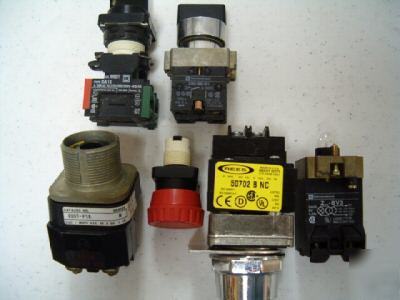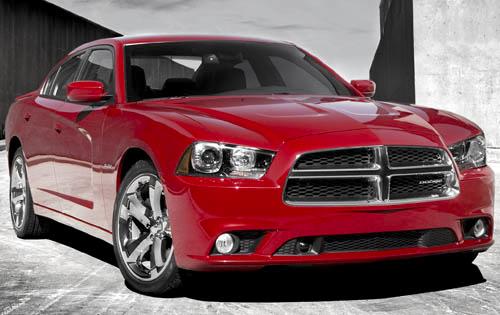Follow these steps to determine why your windshield-washer fluid is not flowing freely, and soon you'll be driving with clean windows again. The problem may be something simple like a disconnected hose, or dirt in the spray nozzle.
Things you'll need:
- Windshield-washer Fluid
- Replacement Hose
- Compressed Air And Air Nozzle
- Funnel
- Needle Or Pin
Instructions:
- Turn on the windshield washer with the engine off and the key in the On position.
- Listen for a humming sound to determine whether the windshield washer motor is operative. Open the hood and ask a friend to listen while you turn on the windshield washer. If you don't hear any sound, check the fuses.
- Replace the fuse if it is blown. If the fuse is not blown and the motor is silent, have your mechanic replace the windshield-washer motor. If you hear the motor humming, proceed to step 4.
- Check the reservoir and add windshield-washer fluid if its level is low or empty. You can fill the reservoir right up to the top-- usually it doesn't have any full or empty indicators. Use a funnel to avoid spills.
- Check that the water is not frozen in the reservoir. This will only happen in cold weather if you filled the reservoir with plain water instead of windshield-washer fluid.
- Make sure the small rubber hose that plugs into the windshield washer reservoir is attached.
- Follow the hose to the rear of the hood. Check for crimped, torn or broken lines. The line from the reservoir splits into two lines at the hood. If damaged, remove the line by pulling at the base where it attaches. Bring it to an auto-parts store and purchase a hose of identical width and length. Install it and check for leaks.
- Clear any leaves or debris away from the area around the washerfluid nozzles on top of the hood.
- Clear the washer-fluid nozzle's passage with a needle or a pin.
- Unhook the washer lines at the reservoir and at the hood, then force compressed air through the lines to dislodge anything stuck in them.





 The 2011 Saturn Ion roof curves heavily down to the high trunk line almost giving it the appearance of a hatchback rather than a traditional sedan. The look is contemporary and not that dissimilar from the Nissan Altima and Volkswagen Passat, both lauded for their design. 2011 Saturn Ion maintains the Saturn tradition of attaching composite polymer body panels to a substantial steel space-frame. The polymer panels can’t rust and, because they are slightly resilient, they resist the minor impacts that leave small dents and dings in sheet metal. The down side is that the Saturn’s panels look thicker than steel sheet and gaps between body parts have to be greater to allow for expansion in hot weather. Another benefit of the composite panels is that they are relatively easy to replace. Saturn has exploited this advantage on the Ion by offering alternatively colored roof rails that owners can easily install to customize their car’s appearance. All 2011 Saturn Ion come with body-color roof rails, but Nickel-Silver rails are available for the coupe and the sedan, and Charcoal rails are available for the sedan.
The 2011 Saturn Ion roof curves heavily down to the high trunk line almost giving it the appearance of a hatchback rather than a traditional sedan. The look is contemporary and not that dissimilar from the Nissan Altima and Volkswagen Passat, both lauded for their design. 2011 Saturn Ion maintains the Saturn tradition of attaching composite polymer body panels to a substantial steel space-frame. The polymer panels can’t rust and, because they are slightly resilient, they resist the minor impacts that leave small dents and dings in sheet metal. The down side is that the Saturn’s panels look thicker than steel sheet and gaps between body parts have to be greater to allow for expansion in hot weather. Another benefit of the composite panels is that they are relatively easy to replace. Saturn has exploited this advantage on the Ion by offering alternatively colored roof rails that owners can easily install to customize their car’s appearance. All 2011 Saturn Ion come with body-color roof rails, but Nickel-Silver rails are available for the coupe and the sedan, and Charcoal rails are available for the sedan.


